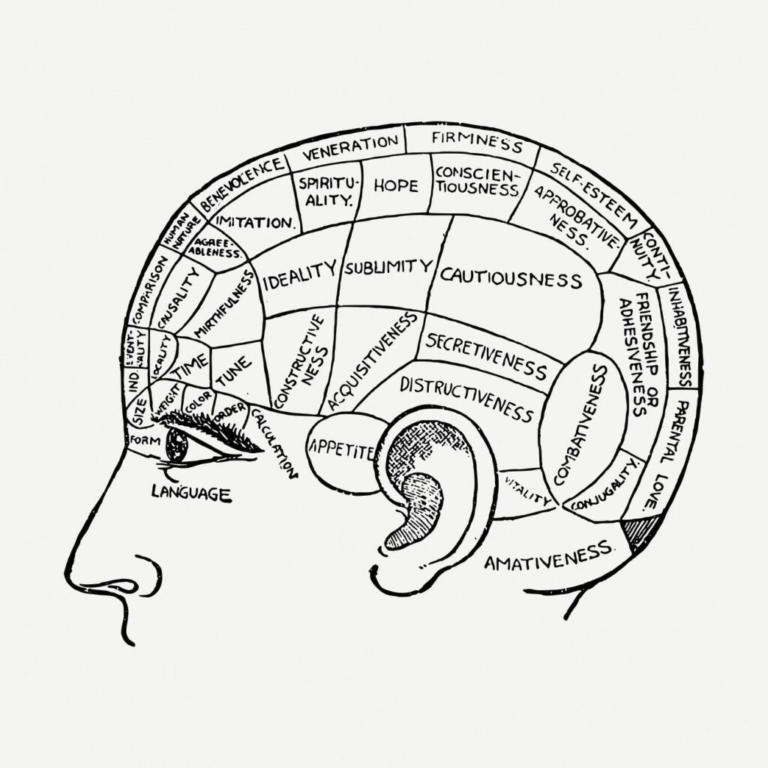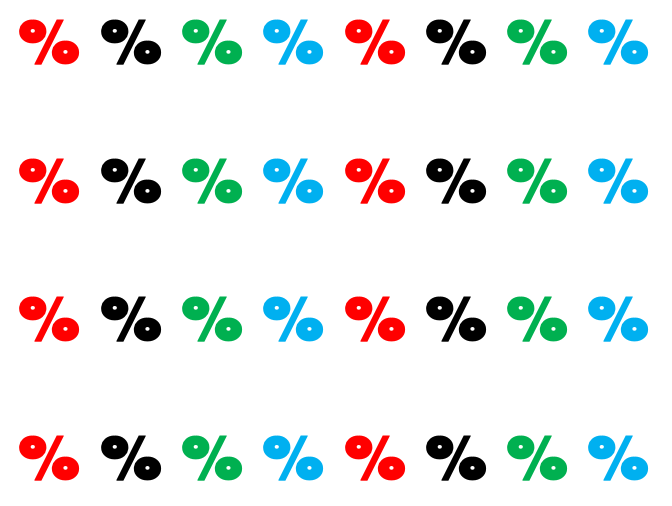How I saved two days of drudgery with ChatGPT
I’m a writer who uses AI to help. I’d never let AI write for me (I’m too proud, it writes boring prose, and it makes mistakes). But there are still times when a tool like ChatGPT can do things that would be much harder any other way — especially on rote, tedious research tasks. Turning…








